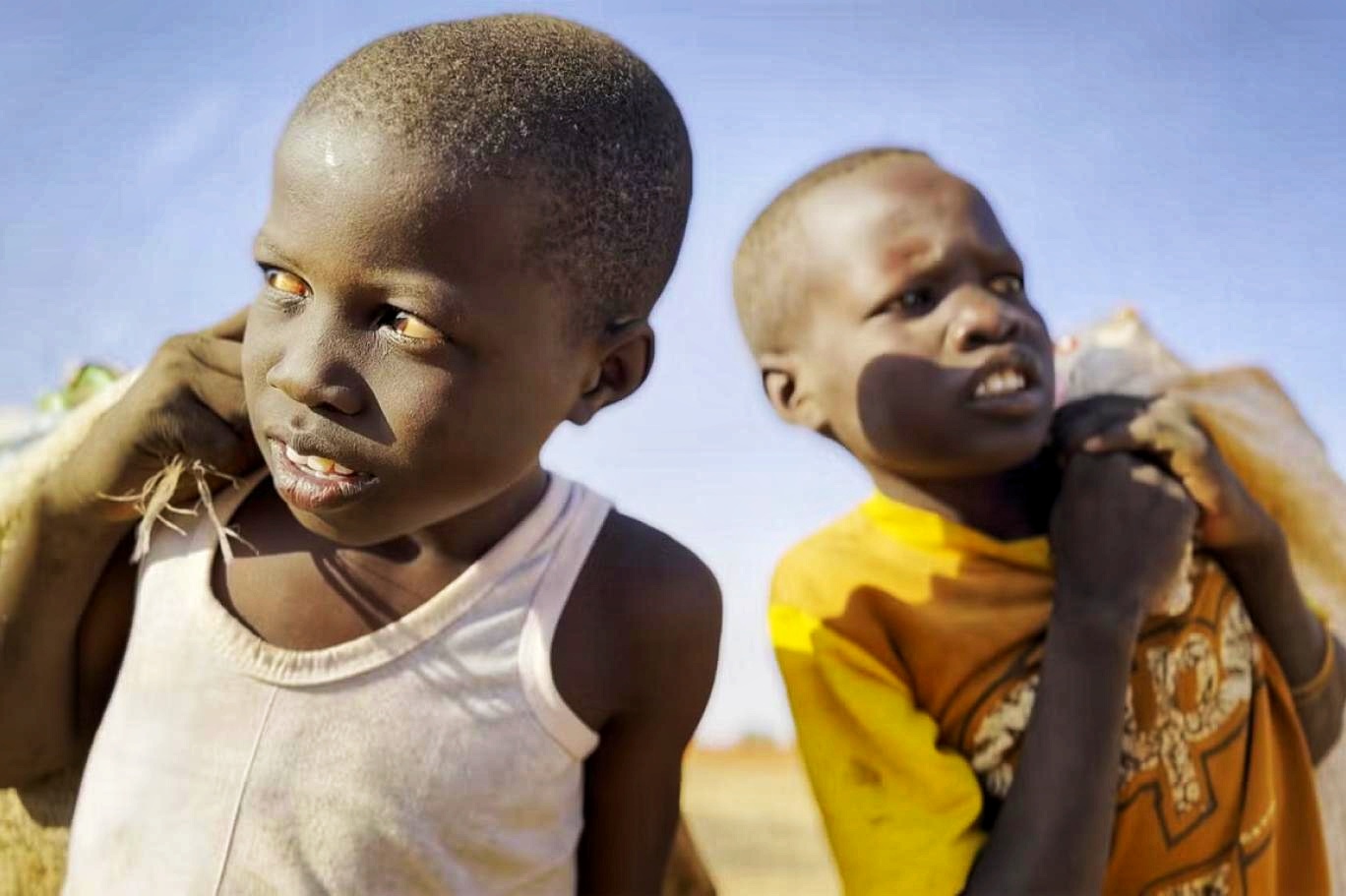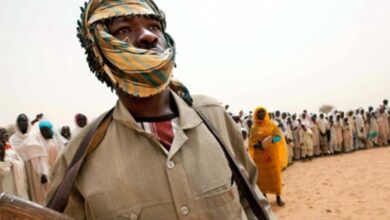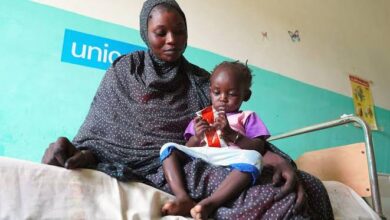
The film Khartoum documents life in the Sudanese capital before and after the outbreak of war, tracing the stories of its residents and the impact of the conflict on their lives and cultural heritage. More than a documentary, the film serves as a living testimony, with its creators aiming to raise global awareness about the humanitarian crisis.
Lukin and Wilson, two boys aged 11 and 12, spend their days collecting bottles, dreaming of fulfilling their greatest wish in life: to buy two nice shirts.
Then there’s Khadim Allah, a 27-year-old from the Nuba Mountains who sells tea on the streets of Khartoum. In contrast, we meet Magdi, a 45-year-old government employee who never stopped working, even when war broke out in Sudan in April 2023, plunging the country into one of the worst humanitarian crises in the world.
These are some of the individuals portrayed in Khartoum, the first Sudanese film to have its world premiere at the Sundance Film Festival. The film was directed by a group of Sudanese filmmakers: Anas Saeed, Rawia Elhaj, Ibrahim Sonobi, Tamiya Ahmed, and Phil Cox, whose previous works include The Love Hotel and The Bengali Detective.
The film captures the vibrant lives of its characters—and the filmmakers themselves—until violence erupted midway through production, drastically altering the course of the project. The country is now facing one of the world’s worst displacement crises, with the International Rescue Committee reporting that more than 11 million people have been forced to flee their homes. The film’s crew and participants were not spared from this chaos, as the conflict scattered them and forced the project to be redirected. Even the film’s budget was repurposed to ensure the team’s safety during their perilous escape to safer areas. Amid this turmoil, archives, libraries, and museums were burned and destroyed, leading to the permanent loss of significant parts of Sudan’s cultural heritage.
To fill the gaps left by this displacement, the filmmakers turned to the Sudan Memory project—a rich archive of rare cultural materials collected by academics from King’s College London.
Dr. Marilyn Deegan, one of the project’s founders, explained that the team has so far digitized over 300,000 images and continues to work despite the ongoing war.
The project offered what director Ahmed called a “creative solution,” with the film incorporating archival materials such as contemporary photos, album covers, airline tickets, and rural scenes to reconstruct the world that Sudanese people have left behind. Among these materials were photos taken by German archaeologist Pawel Wolf and items from the Pitt Rivers Museum in Oxford.
Since then, the project has gathered 43 collections of materials, now available on its website. These include manuscripts, photographs, graffiti art, films, and musical works. Deegan noted, “There are stories about food, football, and crocodiles in the Nile,” adding that Sudan, which has more pyramids than Egypt, holds one of the largest film archives in Africa. “We want to show the world that Sudan is not just famine, war, or genocide—there is a rich culture here, one that rivals those of the Greeks, Romans, and Egyptians.”
The filmmakers emphasize that Khartoum is not merely a documentary or news report, but a living testimony to the Sudan that existed before the conflict consumed it. Director Ibrahim Sonobi stated, “There was always a bigger picture in our minds. Even if the film doesn’t succeed, it will achieve its purpose by being a document and testimony of pre-war Khartoum. It’s the only way we can tell the story without it being just another sad tale from Africa.”
Cox echoed this sentiment, noting that the film spans a century of Sudanese history. “It’s about the past hundred years. It’s not just about the present—it offers something much deeper, and that’s what the images convey.”




